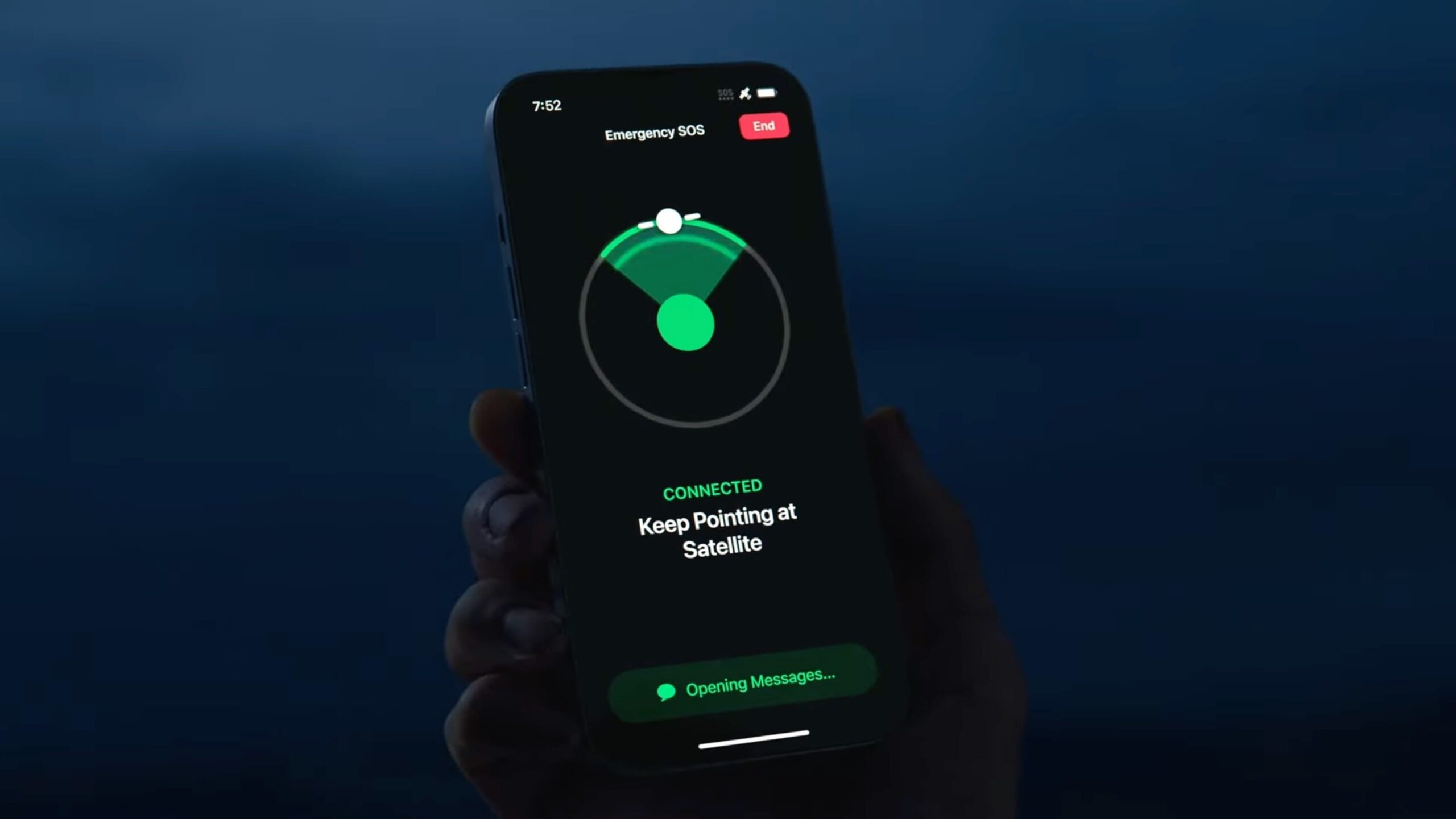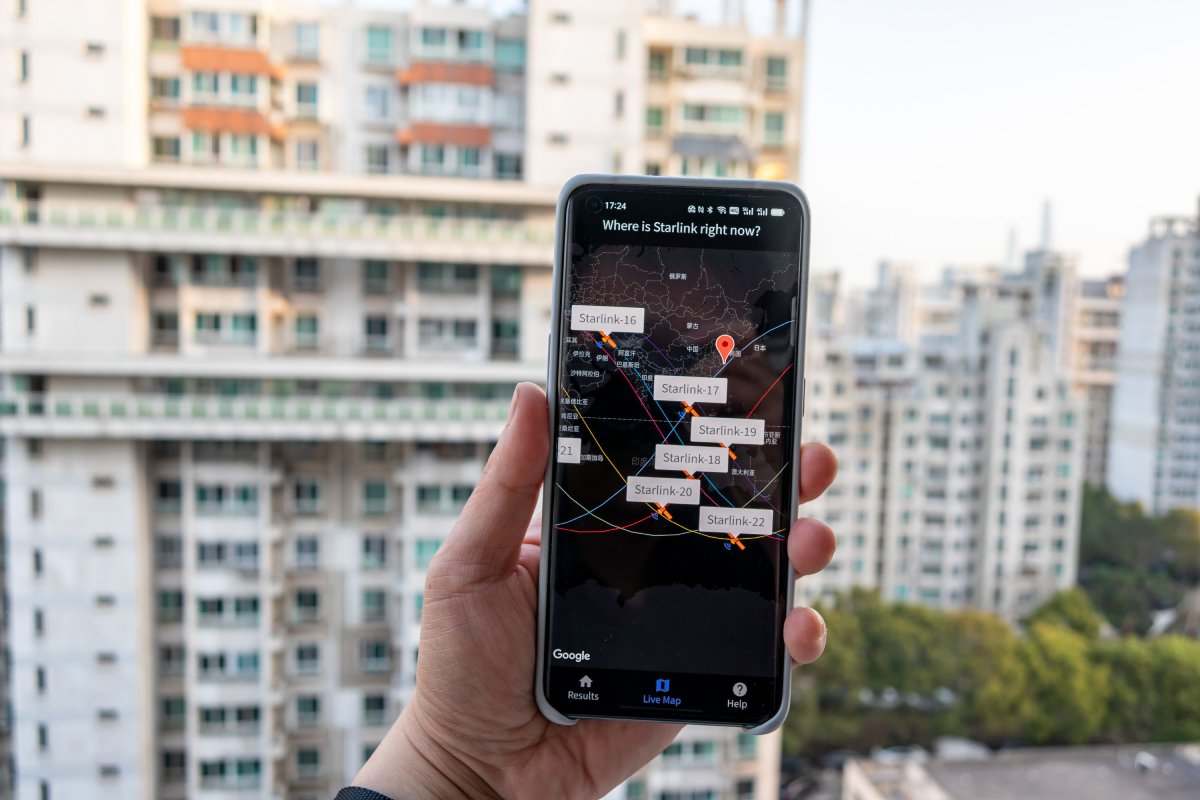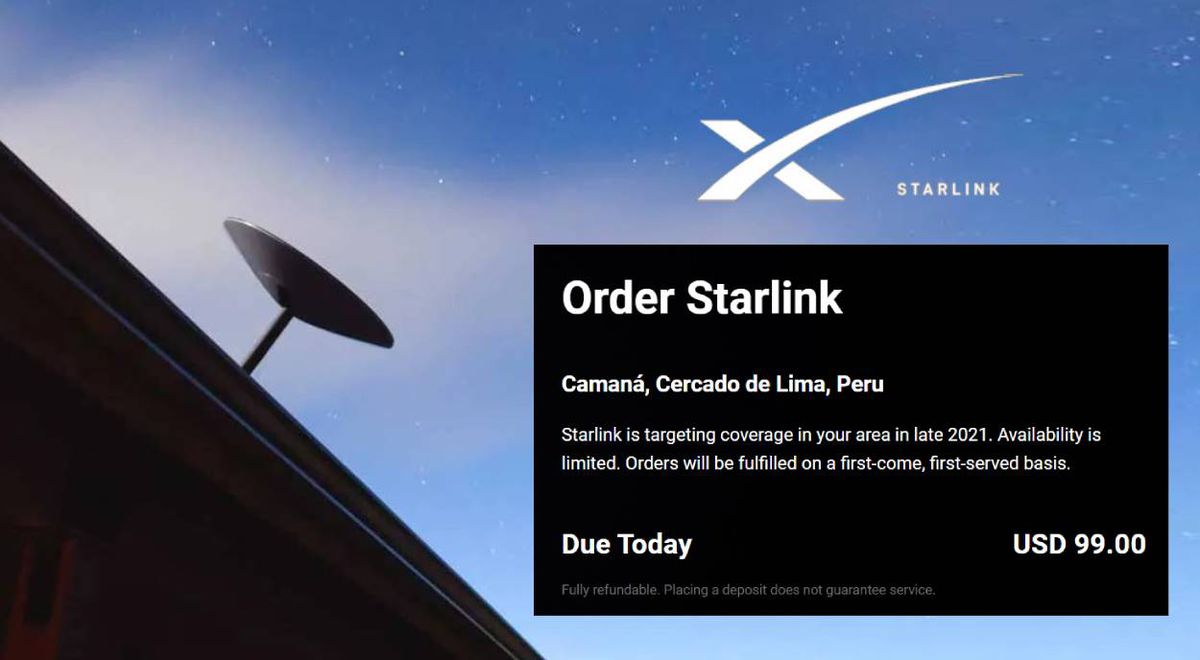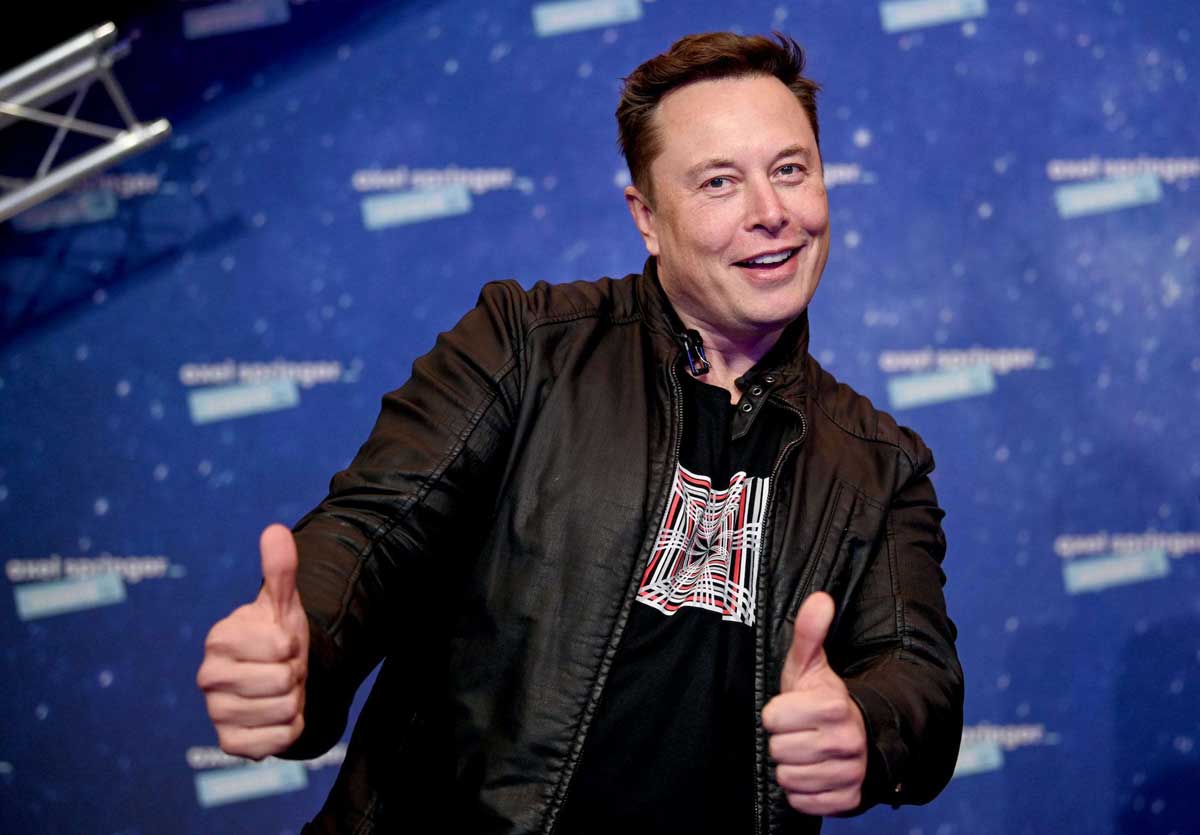With Starlink, Elon Musk’s SpaceX aims to provide a high-speed internet connection to the remote places of the world where the internet hasn’t been accessible so far. To achieve this aim SpaceX is willing to launch almost 12,000 satellites into the lower orbits to offer broadband coverage. WIth the last launch in September 2020, they have been able to put more than a total of 700 satellites in the orbit of the Earth.
Because of a response, SpaceX has provided to TRAI (Telecom Regulation Authority of India) consultation paper, there is a rumor going around that Starlink has interests in India, and that they’ll be able to provide high-speed internet connection in the region as early as 2021!
TRAIS’s consultation paper, put out back in August 2020, concerned the roadmap to “Promote Broadband Connectivity and Enhanced Broadband Seed”. The response was submitted by Patricia Cooper, SpaceX’s Vice President for Satellite Government Affair.
In India, internet access is already available in many areas, but rural, remote, and even some urban areas have never been provided with the necessary infrastructures. In Cooper’s reply to TRAI, it is stated that satellite systems that orbit the planet could reach those areas and provide a high-speed connection at affordable costs.
SpaceX – writes Vice President COoper – does not require fiber wires to deliver high-speed broadband. A satellite system, like the one provided with Starlink, is able to reach non-urban areas as well as the most remote ones while also maintaining lower operating costs: terrestrial wire telecommunications comes with a cost per kilometer that satellite services can avoid.
However, bringing Starlink to India currently needs legislative and policy reforms. For this, in her response to TRAI, Cooper has given recommendations that could favor the approvals that SpaceX needs from the Indian Government to begin its service distribution with Starlink in the country.
The recommendations concern:
- Service taxes: the government should avoid unnecessary fees that could make broadband unaffordable to many;
- Frequencies: some specific recommendations about how frequencies are assigned and how the satellite innovation in high-frequency bands should not be hindered in any way;
- Broadband definitions: neutral definitions that reflect the advances of satellite service should be encouraged.
The obstacles
ISRO (Indian Space Research Organization) drew up a draft last month that could replace the Satellite Communication Policy in India with a new Space-based Communication Policy. Some of the guidelines in this draft bar foreign companies to enter into the satellite communication market in India. Only Indian companies will be able to use satellite-based communication in the country. As SpaceX is not based in India, it would be left out of the game. This is one of the many reasons why SpaceX is suggesting changes in Indian legislation concerning satellite-based communication.
If the Indian Government could amend the necessary policies, Cooper writes in her response, Starlink will achieve the goal of “delivering broadband connectivity in the near term to all Indians.” The timing specification is what is making many speculate about Starlink being able to provide internet connection through its satellites in 2020!






Leave A Comment